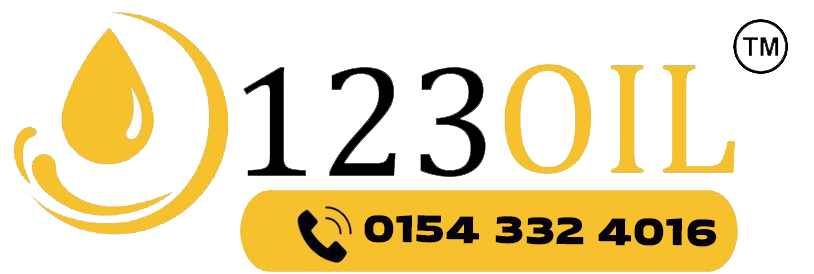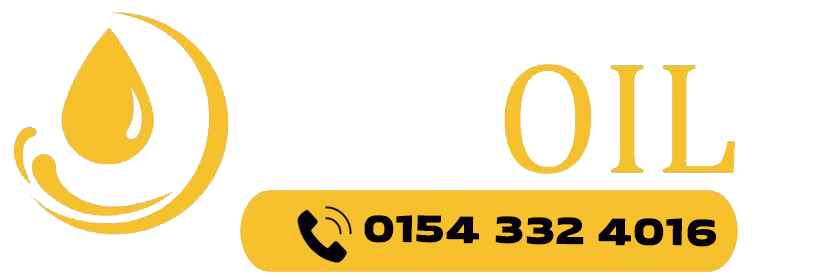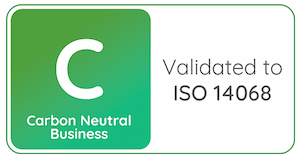Fuel contamination occurs when unwanted substances such as water, microbes, dirt, or other particles enter your fuel supply. This reduces fuel quality, damages equipment, clogs filters, and can lead to costly downtime or engine failure. Understanding the different types of fuel contamination is crucial to preventing future problems and maintaining system efficiency.
The Main Types of Fuel Contamination
Abrasives – Dirt, dust, grit, rust, soot, and other hard contaminants fall in this category, which is a major destroyer of the fuel injection system, engine and other equipment.
1. Asphaltenes
When the diesel is heated under high-pressure fuel injection systems, these hard, brittle, and non-soluble particles (look like small pieces of tar) are formed. Generally smaller than 2 microns, these particles usually form due to fuel oxidation and temperature variations and can pile up into bigger particulates that clog the engine filters.
Asphaltenes usually accumulate at the tank’s base and develop an oily sludge, which can damage fuel system lines. Laymen often confuse Asphaltenes with microbial contamination.
2. Diesel Bug
Arguably, the most contagious contaminants of all, you may also know diesel bug as microbial growth with over a hundred different types of bacteria, yeasts, and moulds. Certain fungi and bacteria thrive in water where they feed off alkanes and additives in the fuel. This process creates a sludge-like substance that causes steel tank corrosion and breaks filters, as well as system configuration.
3. Water
You can expect water to be in stored fuels, as several factors can cause moisture buildup. Whether it’s the humid external air entering the fixed storage tank, free water in pipelines, or rainwater leaking past seals, water can destroy equipment through constant corrosion if timely repairs are not done. There are different types of water contamination that can damage the fuel:
- Dissolved Water: Chemically dissolved water, which is distributed at the molecular level, can affect your fuel’s stability. It typically enters the oil in the form of moisture, and the dangerous part is? You can’t detect any signs of this water contamination through clouding, as dissolved water is usually benign.
- Emulsified Water: The most threatening of all is the emulsified water, formed when the quantity of water goes beyond the saturation point and has likely entered the fuel system. It includes small water droplets suspended in the fuel, and you can detect this contamination by the cloudy appearance.
- Free Water: Less dangerous than emulsified water, free water is formed when water falls into the fuel due to suspension and gathers at the tank base. Both free and emulsified water can damage your engine and fuel system while also supporting microbial growth.
4. Mould
You may also know it as fungal growth; mould is often found suspended in your fuel and even attached to the inner walls of your tank. Not only can it damage your fuel pumps and filters, but it can also block your pipework. Entering your fuel through dust and dirt, mould can oxidise your fuel systems and corrode them, unless treated by a professional.
5. Microbes
Also called diesel bugs, microbes can hold and attract water more than other fuels, which often provides ideal growth conditions for them, as well as bacteria. The water build-up within the fuel can result in the attachment of resins to the side of the fuel tank.
6. Wrong Fuel Contamination
This type of contamination can occur when you accidentally put petrol in a tank that contains diesel or vice versa. It can also severely damage your engine and fuel injection system, fuel lines, and fuel pump.
7. Metal Contamination
When small particles of metal seep into the fuel tank, metal contamination takes place. This type of contamination can occur due to damage to the fuel system of your vehicle. Your engine parts, fuel injectors, fuel lines, and fuel pump can get damaged when metal particles mix with your fuel.
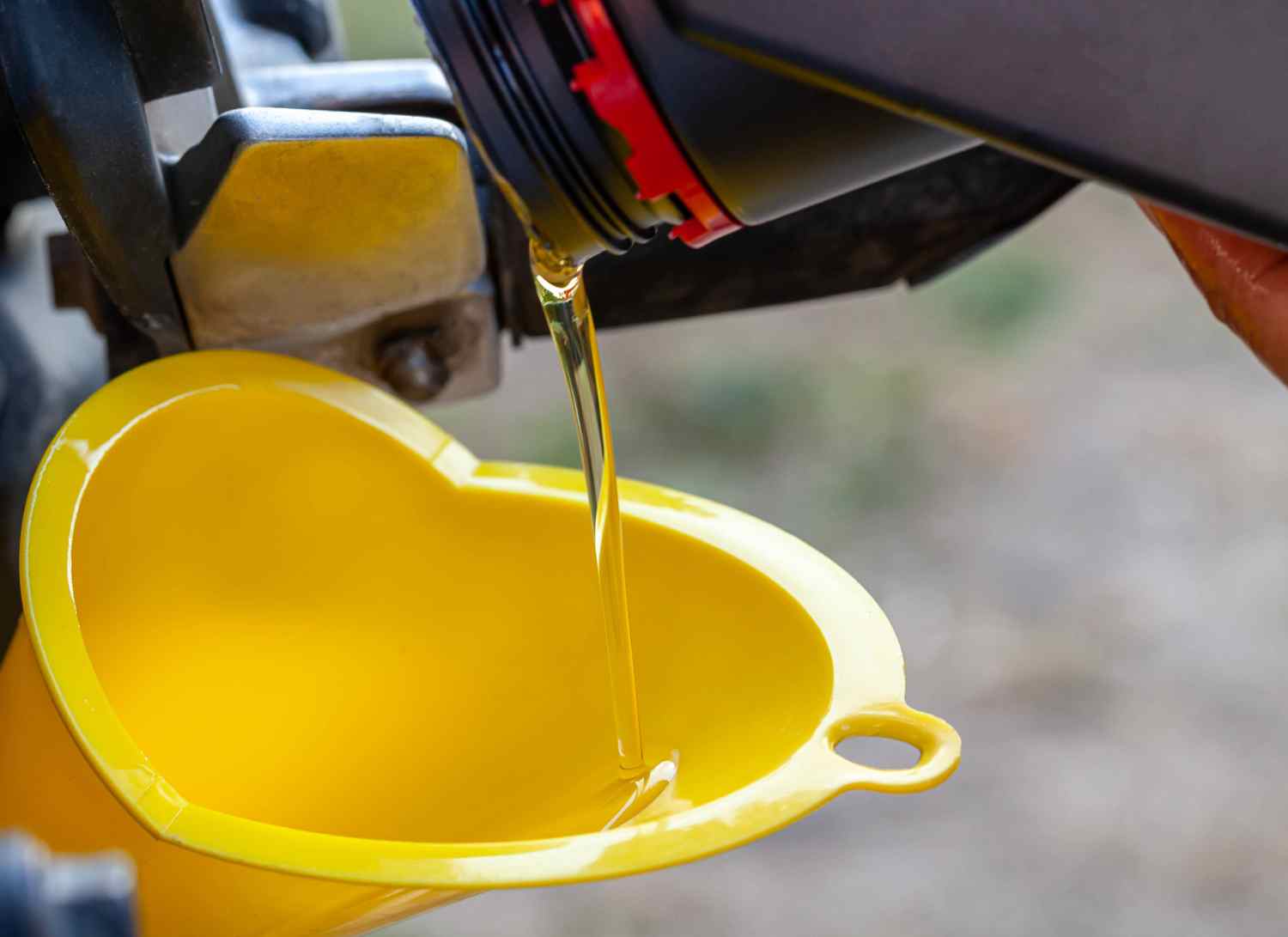
Other Types of Fuel Contamination
Among several fuel contamination types that we’ve already discussed, there are a few others that you may need to know about:
- Chemicals: Pesticides, solvents, and other chemicals can damage your engine parts and pose a great risk to your health.
- Sediment: These are tiny sand and dirt particles or other waste that can block fuel filters and damage your engine parts.
- Wax: When the diesel fuel gets extra cold, wax can form inside and can block fuel filters and again, damage your engine parts.
Signs Your Fuel is Contaminated
Your fuel might be contaminated, and you may not know that. Long-term negligence can cost a lot more than you may expect. So, look out for these signs to identify contamination and take swift corrective measures:
a) Visual Clues in Fuel Samples
The fuel inspectors take samples from the tank’s top, middle, and base. A clear and bright appearance signifies an uncontaminated fuel. However, if the appearance is cloudy or dark or there is observable debris suspended in the sample, then understand that the fuel is contaminated.
Cloudy fuel appearance signifies water presence. You may need to make rectifications as fast as possible, as water is seriously damaging to your fuel. The dark colour signifies asphaltenes formation in your tank, which can lead to thickening of your fuel and ultimately clog the engine filters.
b) Vehicle or Equipment Performance is Affected
If your vehicle or fuel system is causing issues and performing poorly, then this is one of the signs of potential fuel contamination. For instance, you may be facing the problem of involuntary speed changes or acceleration. Another sign is your vehicle emitting smoke, so you need to be alert to identify this sign.
c) Catch Contamination at the Source
You should also regularly inspect your fuel tank, as it allows you identifying any fuel contaminants before they start spreading and disrupt your daily operations. First of all, you should check if there is clogging in the filtering systems, which can be caused due to sludge buildup.
Another good indicator is if a layer of sludge is present at your fuel tank’s bottom surface. However, identifying this issue can be difficult without a professional full tank inspection. You can, however, use the sludge and water outlet to drain your tank if you have one fitted.
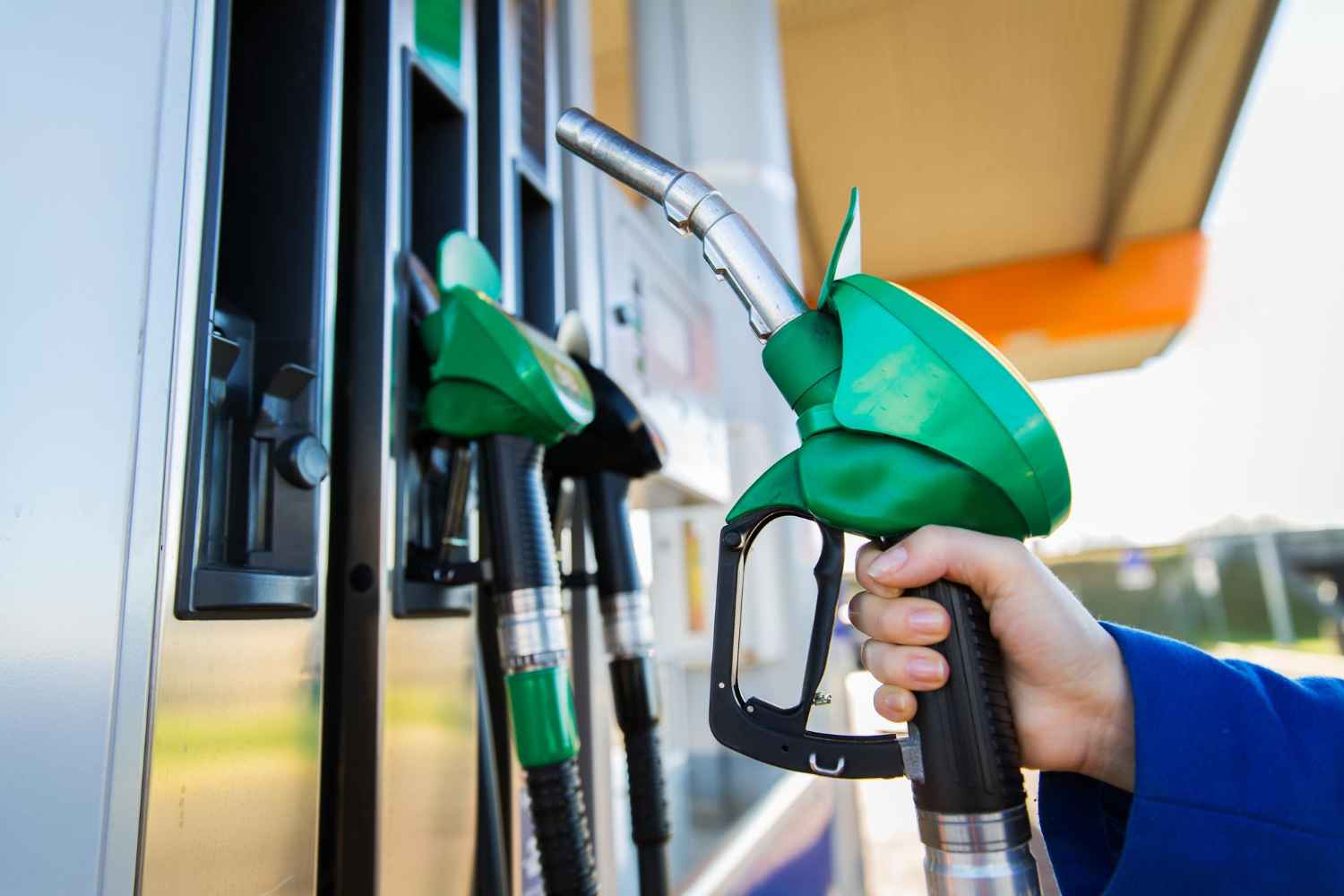
How to Prevent Fuel Contamination
Getting to know about fuel contamination gives you an idea of how important it is to keep your fuel tank clean and well-maintained. This means frequent inspections and swift repairs are important for constant upkeep. We suggest that you keep your fuel tank as full as possible to lessen the amount of air in the tank and condensation that can occur over time. Moreover, you should not fill up your tank during or instantly after heavy rain to avoid risking any water getting into your fuel.
Professional Fuel Testing and Cleaning Services
Fuel contamination can lead to costly downtime if ignored. At 123 Oil, we offer professional fuel sampling, testing, and cleaning services to prevent these issues.
If you’re concerned about any type of fuel contamination, contact 123 Oil today to protect your equipment and avoid expensive repairs.
